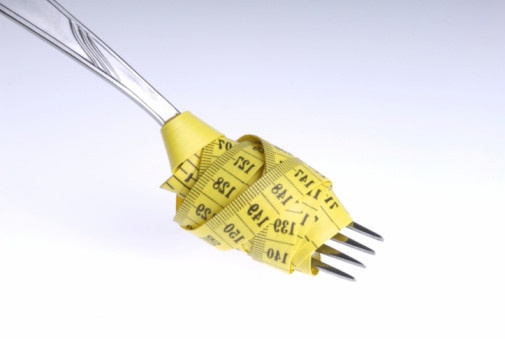
Body Dysmorphic Disorder Basics
Body dysmorphic disorder produces its damaging effects on a person’s mental health by triggering a level of obsession with self-perceived physical flaws that takes up large portions of his or her mental/emotional life, causes him or her to feel levels of personal anguish that significantly diminish any sense of well-being, and meaningfully reduces his or her chances of participating in essential areas of life. Parts of the body that commonly draw the attention of people affected by the disorder include the skin, abdomen, chest hair and nose; some affected individuals focus their misguided scrutiny on one area of the body, while others split their focus between multiple body areas. Although no one knows for sure what causes BDD, identified potential contributors include genetic inheritance, structural abnormalities in the brain, chemical brain abnormalities, the environmental influences of a person’s society and peer group, and the intricate interactions between genetics and environment that form an individual’s specific personality.
Eating Disorder Basics
People affected by anorexia nervosa have a fear of weight gain, a fixation on thinness and a skewed outlook on their physical appearance that combine to produce limited food intake and a loss of body weight that’s extreme enough to trigger widespread, potentially catastrophic health problems. Many people affected by bulimia nervosa also fear weight gain and fixate on their appearance; however, they act out these issues by binging on food periodically and subsequently taking dangerous steps to purge the food calories from their bodies. A third eating disorder, called binge-eating disorder, produces food binging episodes without the subsequent food purging. A fourth eating disorder – called avoidant/restrictive food intake disorder (ARFID) – involves the same restrictive eating patterns and extreme weight loss as anorexia, but is not triggered by any underlying fixation on issues related to body weight or appearance.
Degree of Overlap
In the study published in the International Journal of Eating Disorders, researchers from three German institutions examined the degree of overlap between body dysmorphic disorder and eating disorders among a group of 100 people with an eating disorder diagnosis. Slightly fewer than half of these individuals had anorexia, while slightly more than half had bulimia. At the time the study was conducted (2012), binge-eating disorder and avoidant/restrictive food intake disorder were not officially recognized as eating disorders according to the guidelines set forth by the American Psychiatric Association. After checking for the presence of body dysmorphic disorder, the researchers found that, during the course of the study, 12 percent of the participants had diagnosable cases of BDD coexisting with their diagnosed eating disorders. In addition, they found that another 3 percent of the participants had diagnosable symptoms of BDD at some previous point in time, but no longer qualified for such a diagnosis. Crucially, the researchers also concluded that many of the participants who didn’t qualify for a body dysmorphic disorder diagnosis still had significant numbers of BDD-related symptoms, and therefore had non-weight-related fixations about their bodies, as well as the weight-related fixations associated with their eating disorders.
Significance and Considerations
The authors of the study in the International Journal of Eating Disorders found that all but one of the participants affected by both an eating disorder and body dysmorphic disorder developed their BDD-related symptoms either before the onset of their eating disorders or at the same time as their eating disorders. At this point, no one understands the full significance of this fact. The authors believe that the non-weight-related body fixations associated with BDD actually occur quite frequently in people with other diagnosable mental health problems, not just in people with eating disorders. It’s only when the obsession with non-weight-related physical flaws causes a certain level of dysfunction and distress that doctors make an official body dysmorphic disorder diagnosis. Since dysmorphic symptoms are quite common in people with eating disorders, the authors also believe that eating disorder programs must specifically look for these symptoms in order to provide full and adequate treatment for their patients.
